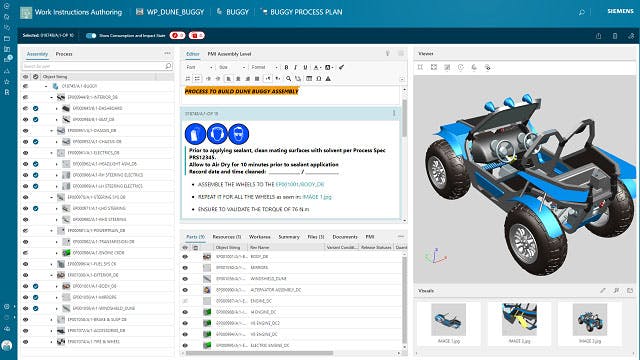MRO je strategie, která řeší průběžné požadavky na služby fyzických aktiv s vysokou hodnotou, jakmile jsou nasazena a používána. OEM a vlastníci/provozovatelé těchto hlavních aktiv využívají MRO. Stejná zkratka se používá také pro údržbu, opravy a provoz, což obvykle odkazuje na podobnou strategii, jaká se vztahuje na zařízení a jeho vybavení. V obou případech jsou činnosti údržby, oprav a generálních oprav podporovány softwarem pro správu životního cyklu služeb (SLM).
Údržba, opravy a generální opravy zahrnují celé spektrum servisních činností, od běžné údržby přes opravy podle potřeby až po činnosti, které modernizují, obnovují nebo přestavují majetek – tj. údržbu na úrovni depa. Za poslední půlstoletí se vyvinuly různé přístupy k plánování, rozvrhování a realizaci MRO. Mnohé z nich vznikly jako strategie údržby vyvinuté armádou s cílem maximalizovat dostupnost vojenského vybavení a připravenost na misi.
Dnešní software pro údržbu, opravy a generální opravy využívá digitální technologie k optimalizaci efektivity a efektivity dodávek MRO výrobcům OEM a vlastníkům/provozovatelům v širokém spektru průmyslových odvětví – zejména těm, které mají vysoce technicky vyspělé produkty s dlouhou životností. Taková fyzická aktiva jsou vysoce cenná pro společnosti, které je kupují, a pro ty, kteří je obsluhují a podporují. Robustní strategie údržby, oprav a generálních oprav si klade za cíl vytěžit z těchto aktiv maximum maximalizací jejich dostupnosti a spolehlivosti.
Související produkty: Teamcenter Service Lifecycle Management


